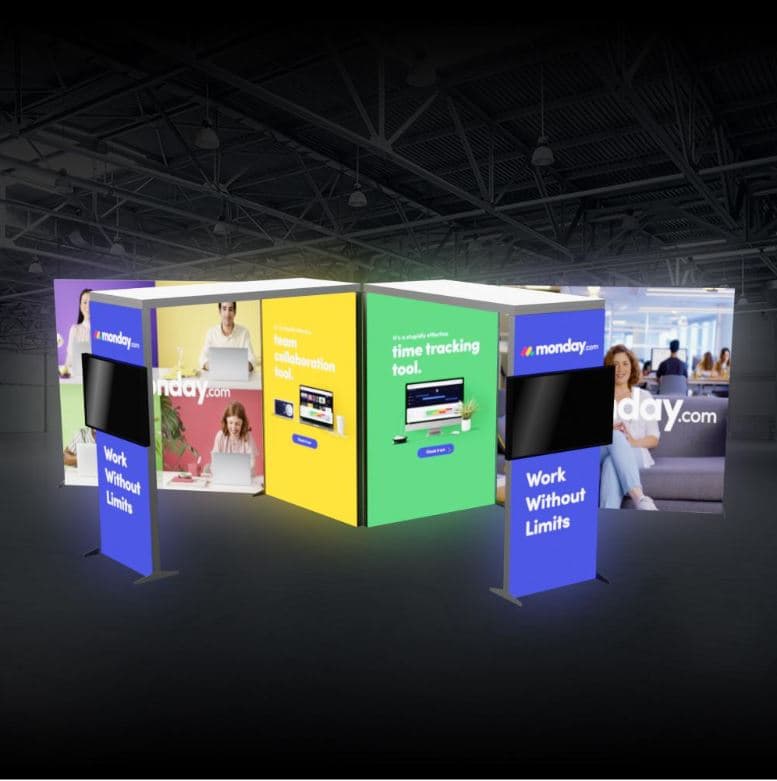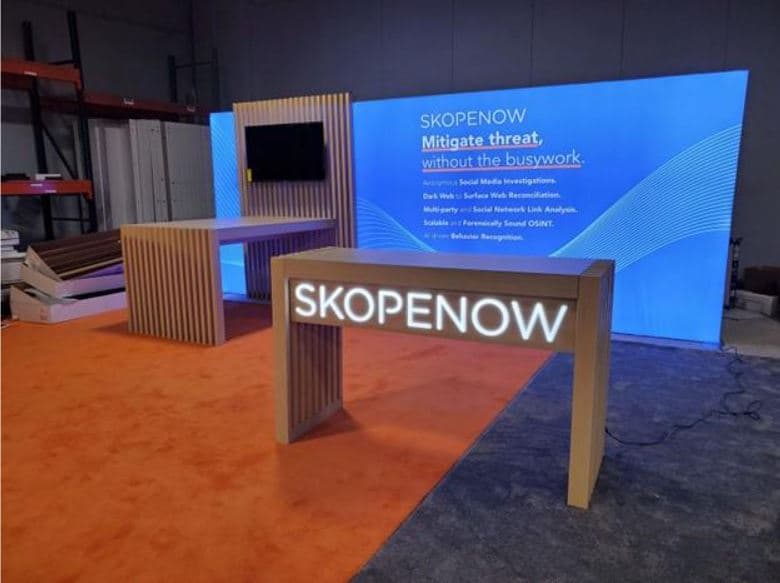What to Consider for Your Trade Show Display Factors to Consider When Choosing Trade Show DisplaysThe team at Monster Displays has helped more than 30,000 customers with their display needs since 2000. Though no two organizations or shows are identical, we’ve found there are some common factors when choosing trade show displays that every business should keep in mind. These six things to consider for trade show displays will help you get the most return on this important investment.1. Decide on a BudgetWhat you can do with a display begins and ends with how much you can afford to spend. The cost of different display types such as pop-up displays, backlit displays and island displays can vary by thousands of dollars. This will also impact what accessories you’re able to add. By knowing what your budget is, you can focus the search on options within your price range.2. Understand Your SpaceThe available space determines what displays are practical. A display may look amazing, but if you’re only going to be working in 10’ x 10’ booths, you need to be strategic about the use of every square foot of space.. Furthermore, before adding tables, counters, literature racks and other furniture, think about how they can be set up within that space without making it difficult for people to move around.3. Utilize LightingEven in well-lit event centers, trade show booth lighting will elevate your exhibit. Backlit graphics increase overall visibility while accent lighting calls attention to certain products or display elements. You might even consider dynamic light that feels more natural and inviting. Remember, though, that light-up displays require access to a power source, and many venues charge for this, so you will have to take your budget into account. 4. Consider the Versatility of Your DisplayIf you’re constantly attending trade shows with different booth sizes and event goals, having a different display for each may not be viable. A modular display makes it easier and less expensive to adapt to each situation. They’re designed so you can quickly reconfigure them or add and remove certain elements as needed. For example, you might get a 10x20 display that is convertible to a 10x10 display.5. Consider Your BrandEvery choice you make when designing a trade show display should be true to your brand and the messaging you want to convey. This ranges from the colors and images to what the display is made of. A brand that wants to promote sustainability should use recycled fabrics and other eco-friendly materials; a brand aiming to project modernity might consider tension graphics or advanced technology.6. Consider Your AudienceWho do you want to see your trade show display? What do they need and what are they interested in? Every exhibitor should ask these questions so they can come up with an exhibit that appeals to the target audience. The age and demographics of your audience, the industry they’re in and their role in that industry (vendor, executive, customer, etc.) all play a role in what display elements are most effective. |

